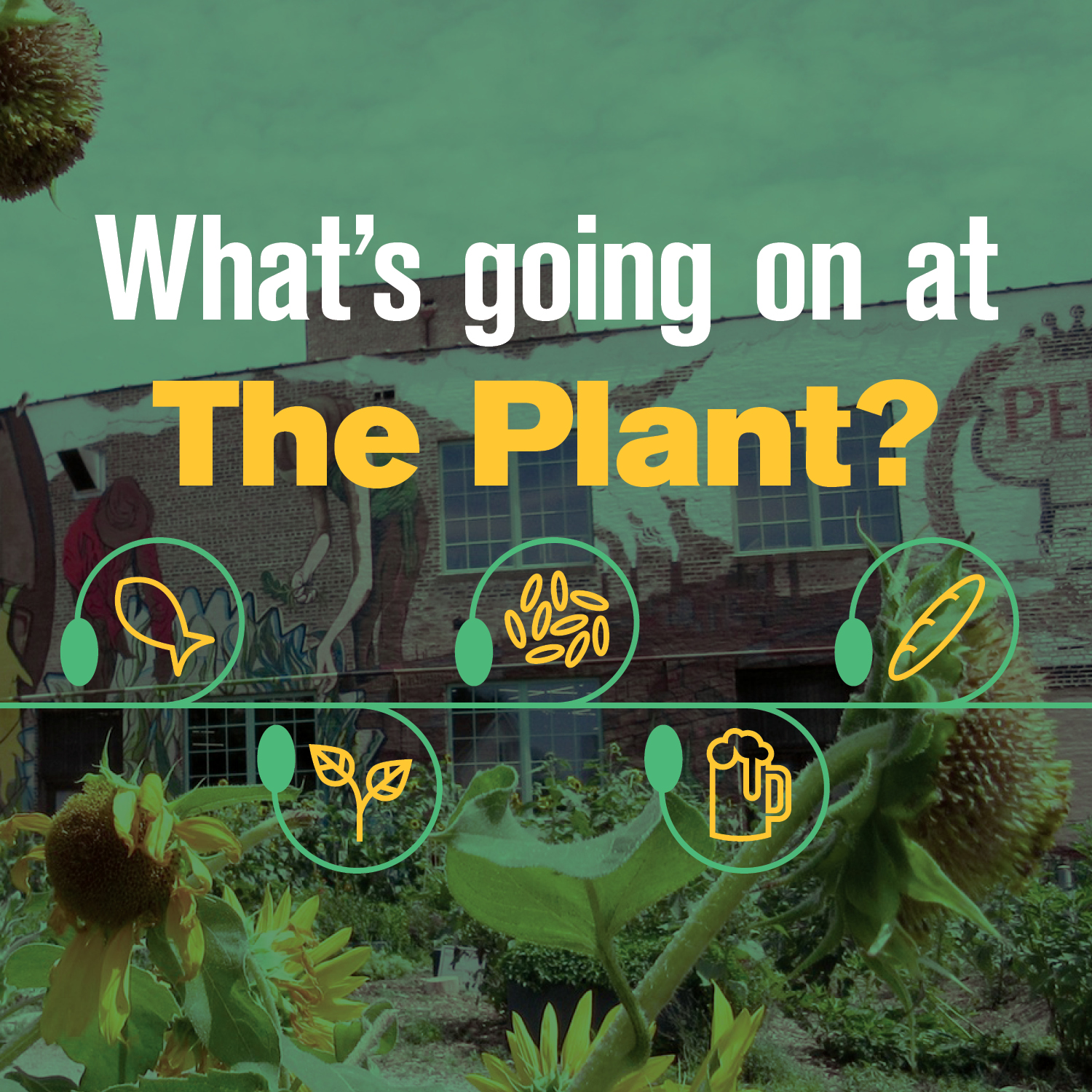
Zika Virus has been in the news lately. Until recently, it was known as a rare and unremarkable virus that was connected to a few small outbreaks. In 2015, the virus tore through South America, and carried a previously unseen side effect: severe birth defects. This has understandably caused a lot of concern about the spread and risk of contracting this disease, and leaves people with many important questions: Continue reading “C2ST Speakeasy: “The Summer of Zika” with Dr. Daniel Johnson”

What kinds of technology are involved with helping reduce and reuse food waste in an urban food production setting? Plant Chicago’s Farm Technology Coordinator, Eric Weber, will discuss some of the projects being explored at The Plant, and how they fit into the larger world. These projects focus on various parts of the circular economy as it relates to food production, from the actual production of food to the energy used in both production and processing, as well as how to handle the waste products generated. Continue reading “C2ST Speakeasy: “Urban Farming and Closed-Loop Production” with Eric Weber”

In the past decade, we’ve heard a lot about the innate differences between males and females. So we’ve come to accept that boys can’t focus in a classroom and girls are obsessed with relationships: “That’s just the way they’re built.” Continue reading “The Myth of Brain Sex”

The Association for Women in Science (AWIS) is pleased to host a national dialogue on gender at the nexus of innovation and entrepreneurship with emphasis on the health and medical sciences sector. Building on the momentum generated from two previous Summits, the AWIS National Summit will center on how we, as a society, can fuel innovative solutions to global challenges facing all our citizens. Continue reading “A Roadmap For Inclusion”



